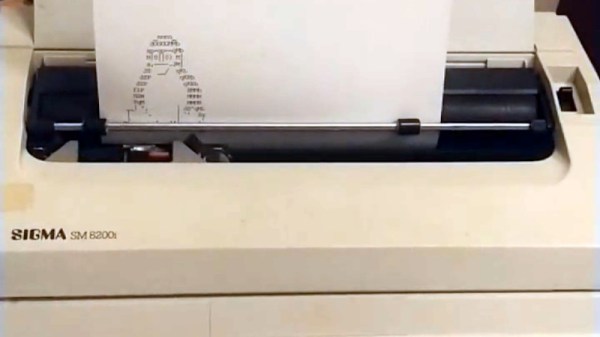An abiding memory for a teen fascinated by electronics and radio in the 1970s and 1980s is the proliferation of propaganda stations that covered the shortwave spectrum. Some of them were slightly surreal such as Albania’s Radio Tirana which would proudly inform 1980s Western Europe that every village in the country now possessed a telephone, but most stations were the more mainstream ideological gladiating of Voice of America and Radio Moscow.
It’s a long-gone era as the Cold War is a distant memory and citizens East and West get their info from the Internet, but perhaps there’s an echo of those times following the invasion of the Ukraine. With most external news agencies thrown out of Russia and their websites blocked, international broadcasters are launching new shortwave services to get the news through. Owning a shortwave radio in Russia may once again be a subversive activity. Let’s build one!
Continue reading “Owning A ShortWave Radio Is Once Again A Subversive Activity”














